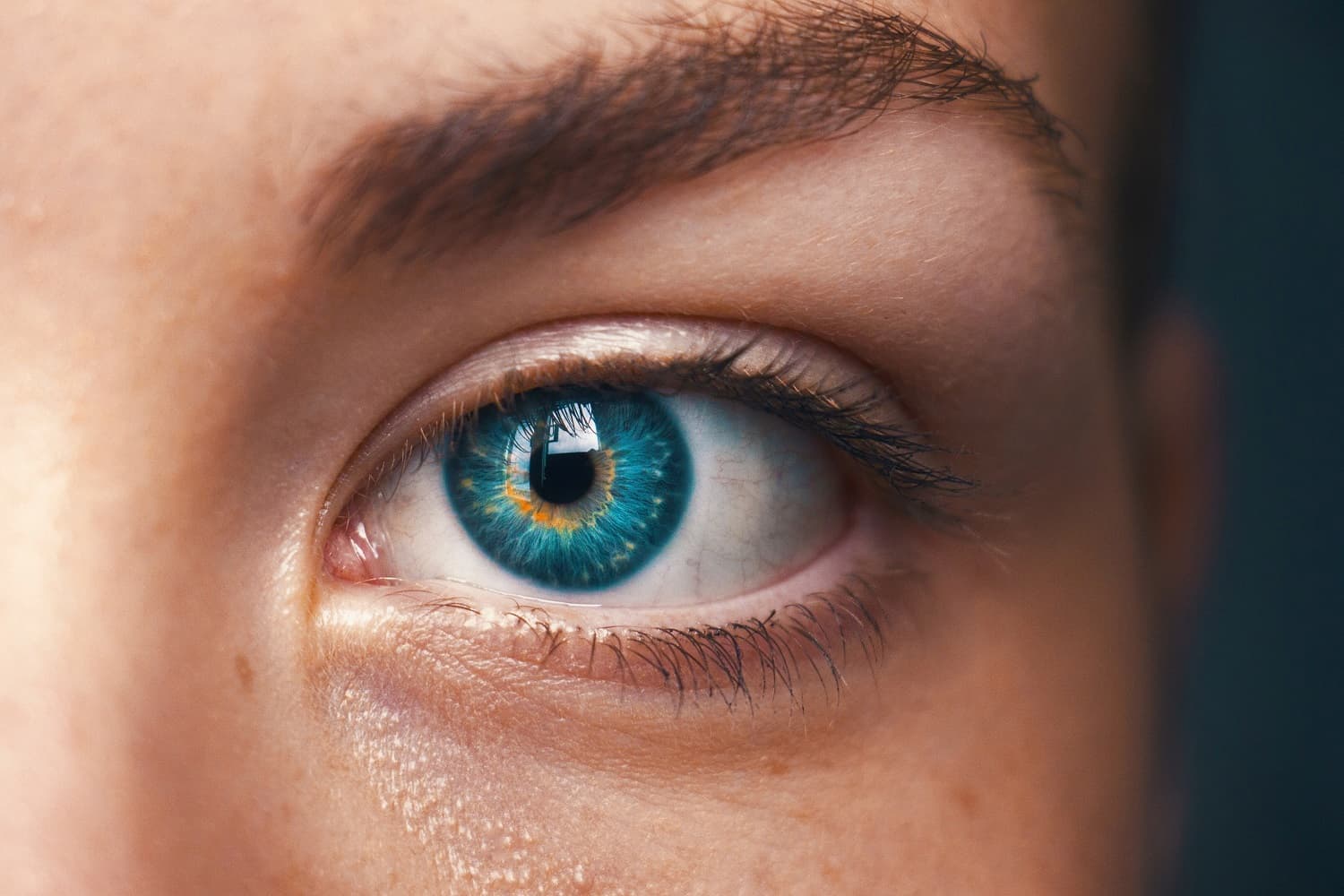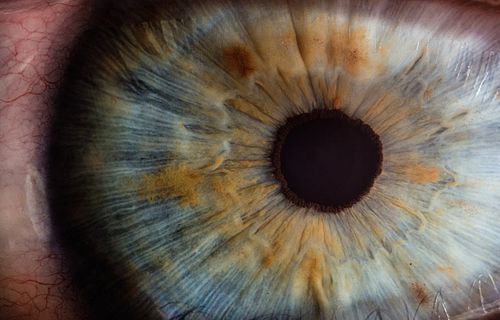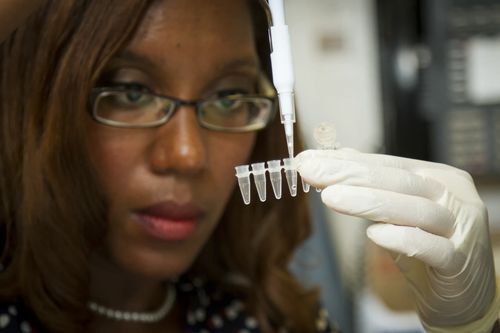What is Iridology?
Iridology is the study of the iris or the coloured part of the eye. It is believed that the patterns, colors, and other characteristics of the iris can be examined to determine the current state of a person's health. Iridology does not detect the specific disease per se, however, it can tell if there are any over or under activity in specific organs of the person's body.

How Does Iridology Work?
Generally, iridology is safe, noninvasive and painless. It should be remembered that it is not a form of treatment therapy but rather a diagnostic technique used to detect and identify any underlying signs of a developing disease. The primary purpose of iridology is to recognise health problems at their earliest stages and offer suggestions on how to stop the disease from developing.
It is believed that the left eye corresponds with the left side of the body and the right eye corresponds with the right side of the body. In addition, the higher organs such as the brain and the thyroid correspond to the top side of the iris and the lower organs like the kidney correspond with the bottom of the iris.
Iridology can detect the following:
- Toxins and their locations
- Stages of inflammation
- Inherent weakness or strength
- General health level
- Biochemical deficiencies
- Changes in tissue structure
- Mineral depletion in organs or tissues
What are the Benefits of Iridology?
Iridology is an essential tool that many natural health practitioners use to identify organ dysfunction. In fact, scientific studies show that it can effectively prevent illness and disease as it provides detailed information about a person's health. This allows one to make healthy lifestyle changes and choose the best treatment option to change their health outcomes.
The primary goal of iridology is to prevent the development of serious, degenerative diseases by early diagnosis. Some of its benefits include:
- Overall awareness of one's health and wellbeing
- Deep understanding on the interaction between body organs and tissues
- Identifying which organs in the body are under or overactive
- Becoming familiar with the overall chemistry of the body
- Knowing the current conditions of various body systems such as nervous, digestive, and lymphatic systems
- Reveals the toxin levels in the body
What Can You Expect From Iridology?
During an appointment, which could last for about an hour, the iridologist examines the patient's eye with a slit lamp, a penlight, or a magnifying glass. A specially designed camera is used to take photographs of the iris. After gathering information about each organ in the body through the patterns and colours of the client's iris, the iridologist advises the latter on what steps to take to correct what needs to be corrected in order to avoid illness or disease.
Their recommendation will depend on their line of expertise. If they are a naturopath, for instance, they might develop a treatment plan that combines herbal medicine, lifestyle changes and nutrition. An iridologist may also recommend their client to another health practitioner who specialises in their case.
Is Iridology Safe?
Iridology is considered extremely safe because it doesn't employ any invasive procedures. What's more, everything that the practitioner does is displayed on a monitor for the client to see. After the consultation, the client is free to ask questions regarding the result of their examination and possible treatment options tailored to their specific needs.




